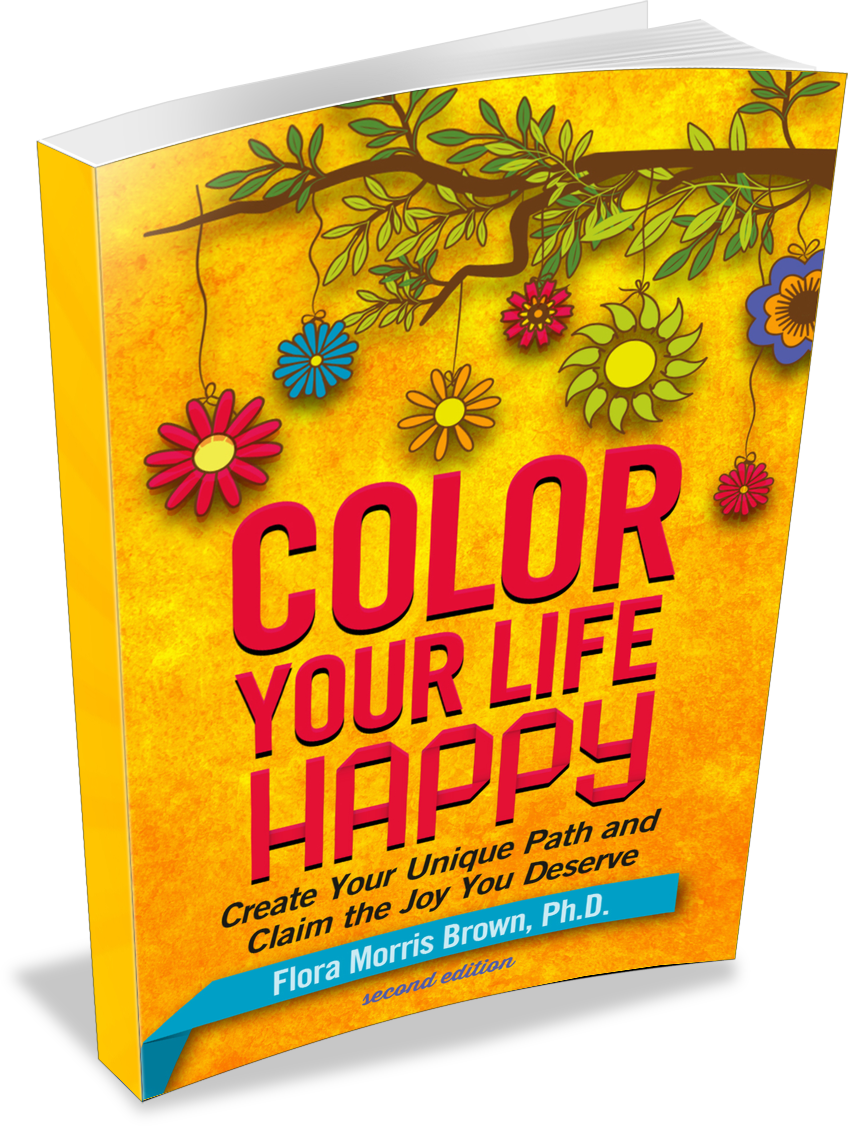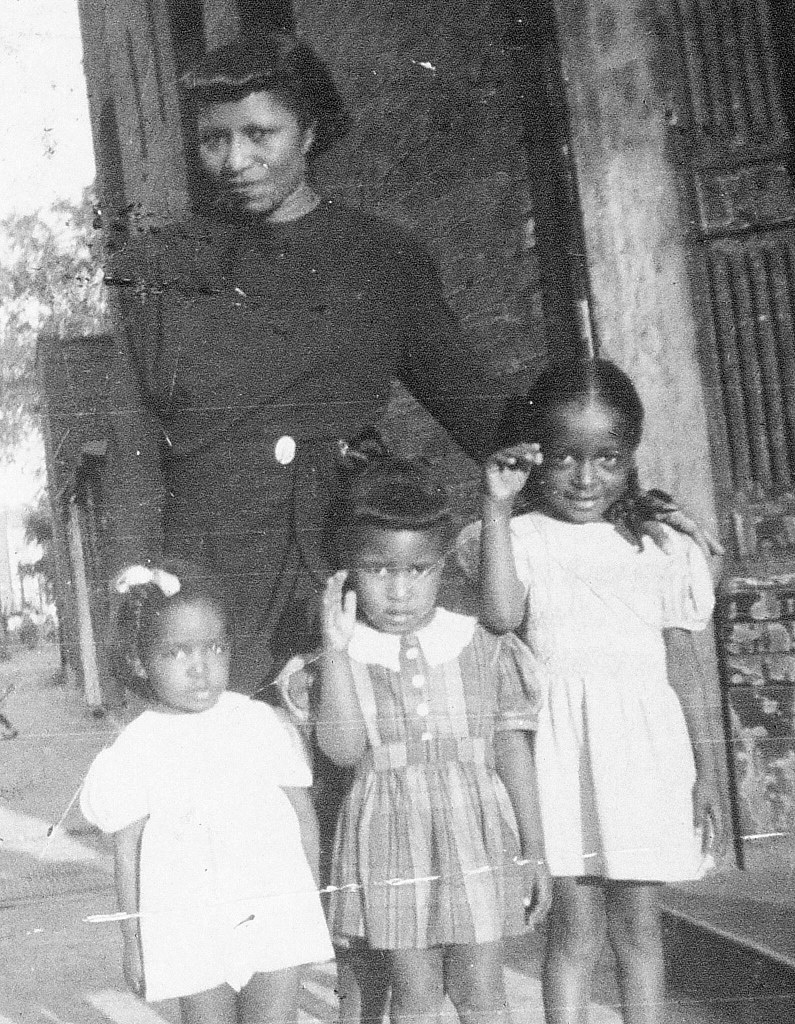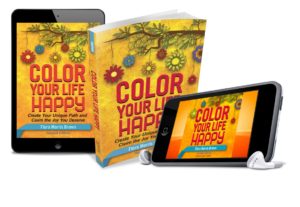We were raised to smile on cue, my two sisters and I. When my mother pulled out her Kodak Brownie camera and posed us in front of our house or church, we knew to break out into full-toothed smiles. Look happy. Snap. An outward show of unhappiness was not allowed.
My sisters and I were just a few years apart. I was the oldest, Sonja was one year younger, and Mildred was one and a half years younger than Sonja.
What, my mother asked, did we have to be unhappy about? After all, we didn’t have polio, the most feared childhood ailment of the ’50s, and we had clothes, shelter, and more food than the starving children in foreign countries.
Mother’s exhortations worked for the most part, except for my middle sister, Sonja, who looked quite unhappy in almost every childhood photo. If digital cameras had been invented back then, I can imagine my mother previewing every shot and, upon discovering the frown, taking the shots over and over until she got the happy family photo she wanted.
No one ever thought to investigate why my sister always seemed unhappy. She could have been depressed, but that was not a word I recall hearing during my childhood. “She’s just like my sister Ida,” my father said many times. That diagnosis, which was never explained, stuck. Although I never met any of my father’s relatives, I guess Aunt Ida must have been unhappy. Or at least she didn’t smile on cue.
In the 1950s, most of the adults around me didn’t seem concerned about the emotional and psychological states of children. Parents could exact whatever punishment they wanted on their children without fear of the authorities. Even God was in on it, according to the way adults interpreted the Bible:
Train up a child in the way he should go, And when he is old
he will not depart from it.
—Proverbs 22:6 NKJV
Spare the rod, spoil the child.
—A perversion of Proverbs 13:24 NJKV
The last thing any right-thinking ’50s parent wanted was a spoiled child, so they held back on praise while they emphasized proper behavior and looking happy. Children of color had an additional burden. Not only did we have to stay in the proper child’s place, but we also had to stay on our side of the racial divide, where being overtly angry or unhappy in public was frowned upon from both sides of the track.
Feeling sad? “Wipe those tears away,” adults told us, “or I’ll give you something to cry about.” That was bad advice. I’ve since learned that tears can be very cleansing.
Long before spiritual leaders and psychologists promoted the idea that we create our own happiness, I had already discovered that any chance I had to survive a ’50s childhood was in my own hands.
Call me a Pollyanna. Call me a Miss Goody Two-Shoes. Or a wimp. My goals were to do what led to praise and happy outcomes and to avoid doing anything that brought punishment and pain—especially my mother’s wrath.
Don’t get me wrong. I spoke up and voiced my strong opinions, but I learned early to pick my battles carefully.
All in all, my childhood was not as bad as some and worlds better than many. Thanks to my mother’s smart handling of money, her resourcefulness in seeking out and involving us in positive activities, her skillful cooking and sewing, and her mastery of music (she was a superb pianist and organist), we had a stable and safe routine and home environment. We were always well-groomed from head to toe and often dressed in outfits my mother had created and customized¬¬. Reaching back to her Southern roots, she also canned fruit and vegetables for the winter, so we always had nourishing meals.
Still, there was so much emphasis on keeping up appearances, on “being good,” that we perhaps did not learn to honor and respect our true feelings, nor learn to express them in appropriate and productive ways—both the socially accepted ones like happiness, and the more difficult ones like anger and fear. As a child, I yearned for real happiness, even though I wasn’t exactly sure what it was.
My life’s work has been to understand that true happiness arises from learning to accept and learn from all our feelings, and from our struggles right alongside our triumphs. I’d love to share with you this journey of discovery, my research, and my work as I’ve learned to embrace and celebrate life in all its many wondrous colors.
[feature_box style=”23″ only_advanced=”There%20are%20no%20title%20options%20for%20the%20choosen%20style” alignment=”center”] 
This is how I begin Chapter 1, Opening Your Mind to Happiness in Color Your Life Happy: Create Your Unique Path and Claim the Joy You Deserve, 2nd edition. Pre-order your copy(ies) at https://coloryourlifehappy.com before October 3rd and receive an autographed copy after the book is released on Amazon and other major booksellers. [/feature_box]
What are your thoughts about putting on a happy face? Share in the comments.




 Follow
Follow



Speak Your Mind